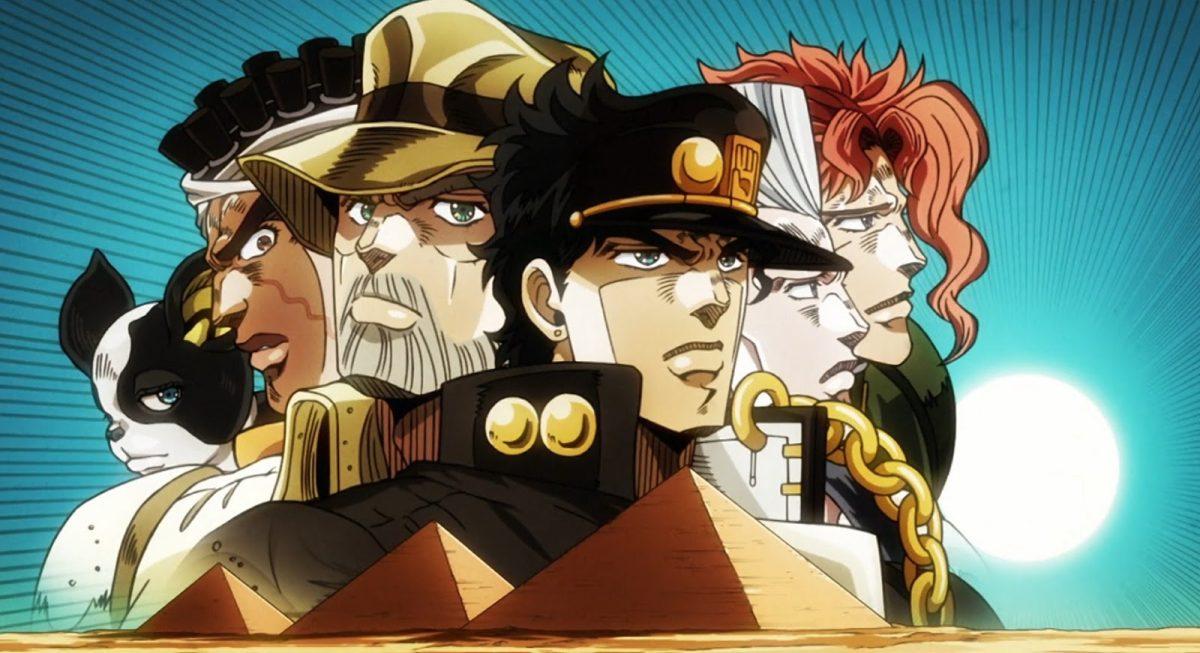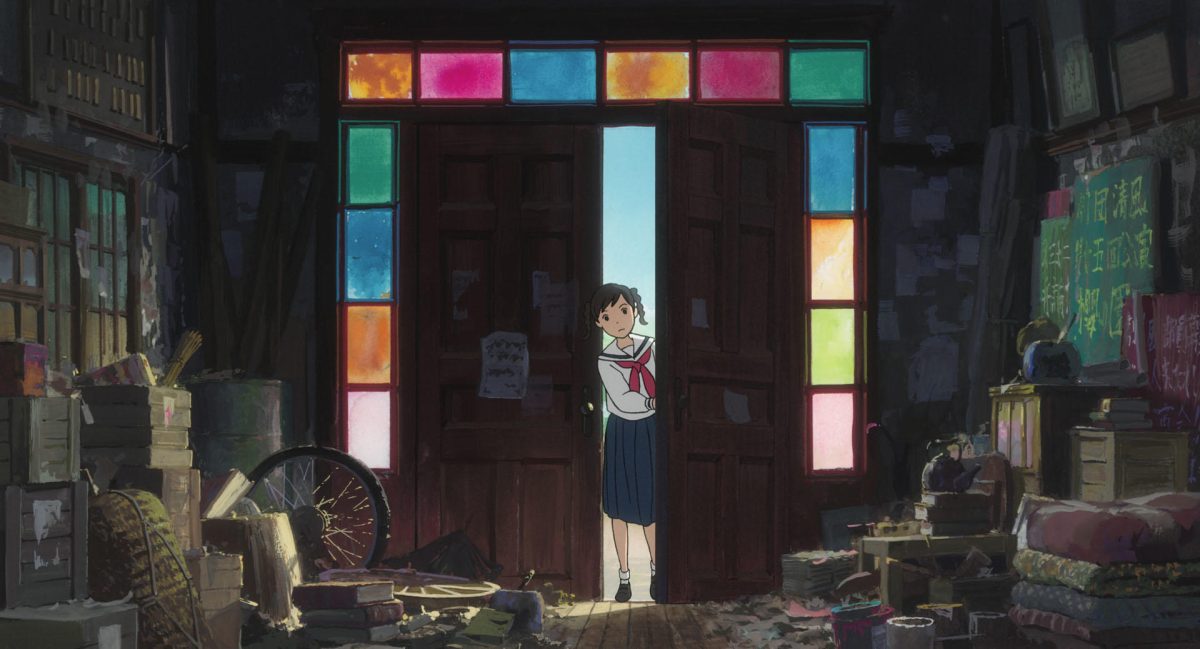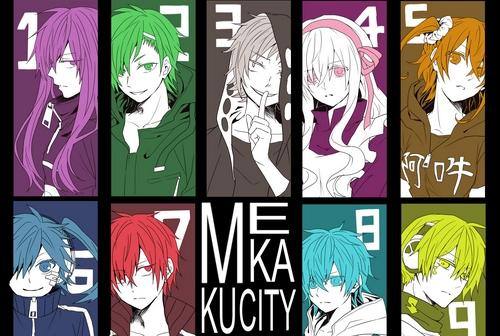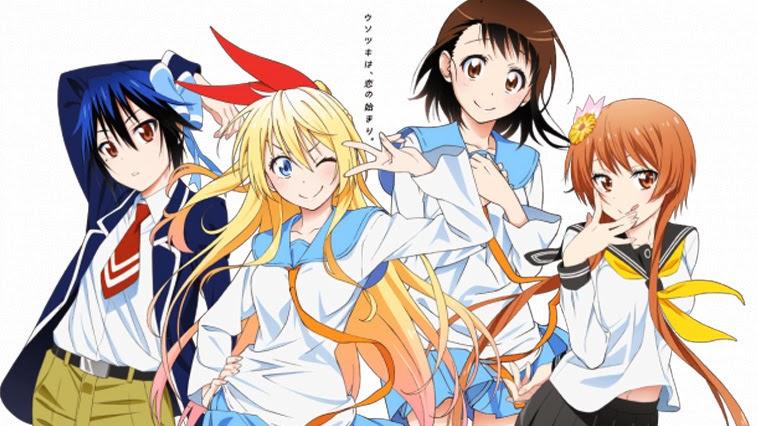If you’ve had any exposure to the anime community, you’ve surely run into a fan of JoJo’s Bizarre Adventure. It’s easy to tell if someone has seen the show since, much like vegans, they are more than happy to tell you about it—often unprompted.
The thing about JoJo’sis that it’s obscure in almost every way. The character designs are unique, fights include innovative uses of unique powers and ensuing monologues accompanied by signature poses. JoJo’sis the original propagation of the “weird flex, but ok” meme.
There are currently eight separate JoJomanga series (parts 1-8). The first four of these series have completed anime adaptations—a total of 113 episodes. The length of the series is one of its greatest strengths, as each arc establishes an end goal early on, and every episode builds to the final confrontation, making it the perfect example of what adventure anime should be. Each part follows a different protagonist of the Joestar bloodline and their compatriots in equally epic and whimsical battles revolving around the use of the abilities of their Stands—embodiment of spiritual powers.
All eight parts of the series were written by Hirohiko Araki, whose writing strongly reflects Western ideas, media and storytelling. The names of the past four Standsare almost entirely composed of references to American bands, artists and songs. Additionally, there are countless references to pop culture written into the series.
JoJo’s Bizarre AdventuresPart 5 “Vento Aureo” (Golden Wind) was written in 1995 and began airing this season, set for a 39-episode run with the first 9 episodes having aired at the time of writing. “Golden Wind” is set in Italy during the 90s and follows the mild-mannered Giorno Giovanna, the son of the series’ recurring villain. A teenager, Giovanna makes his money through scams and pickpocketing, often with the aid of his supernatural stand-Golden Experience (a reference to Prince’s album of the same name).
When Giovanna is attacked by a well-known member of the mafia who he defeats in self-defense, he becomes entangled in the internal politics of the Italian Mafia organization, Passione. The series follows the web of conflicts Giovanna is subsequently involved in.
“Golden Wind” has a substantially larger budget than most anime, as it originates from an established series that is popular both domestically and in the West. The result is superb animation with a more polished art style and a strong emphasis on vibrant colors. The main cast of characters have yet to be developed, with half of their backstories and abilities so far unknown; however, they are more unique and interesting than any the cast from parts one, three or four. The pacing so far is one of the series’ strongest aspects with the first seven story arcs being fleshed out and resolved within 1-2 episodes. This allows fights to be dynamic and exciting, carrying the iconic JoJo’s feeling of progression and adventure.
As a whole, the first quarter of this series has had an especially strong start compared to other JoJo’sseries, and especially when compared to other seasonal anime airing at the same time. I look forward to watching the latest episode even more than Goblin Slayer. While they’re both well produced, JoJo’sis far more enjoyable. JoJo’s Bizarre Adventuresas a whole is not only a unique and well written narrative, but also a successful franchise because it’s entertaining and enjoyable to watch.
Whether you’re reading it, or watching it alone or with friends, it is a unique experience. Most anime—or any show or movie—can be easily compared to at least three others like it, but JoJo’s Bizarre Adventureshas no easy comparison because it’s, well… Bizarre! It doesn’t follow tropes or even logic at times, yet it never ceases to entertain or break the viewer’s immersion.
All in all, I highly recommend watching JoJo’sover break. While it isn’t necessary to watch the previous parts to understand and enjoy “Golden Wind”, if you want to start at the beginning, I recommend starting with the three movies that streamline the first season, so you can jump right into the most referenced season—the heart of the series—part three: “Stardust Crusaders”.






























